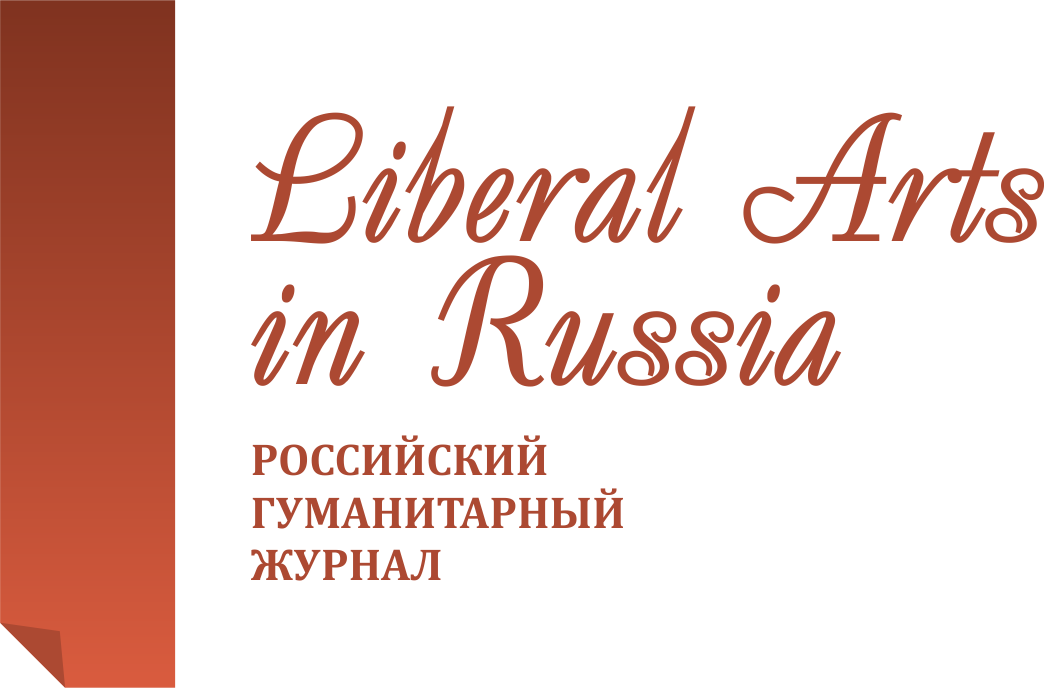Geography of sacral loci of socio-cultural landscapes in a polyethnic region (on the example of the Simbirsk-Ulyanovsk area of the Volga region)
Liberal Arts in Russia. 2018. Vol. 7. No. 3. Pp. 207-216.
Get the full text (Russian) Email: 82axmarina@mail.ru Abstract
The socio-cultural landscape demonstrates the evolution of human society. It is substantially adjusted by the influence of environmental factors, as well as socio-economic, cultural, and other processes. The socio-cultural landscape is a complex system of interrelated components, the sacral loci, which form the spatial framework of a regional society. It seems that the characteristic feature of the formation of such loci at the level of rural settlements and individual municipalities is their differentiation in terms of the totality of -natural, historical-cultural, socio-economic, institutional, and other features. The sacral loci of socio-cultural landscapes are a conditionally continuous series reflecting all aspects of the region’s historical development. The article contains the results of the study of sacral loci in the context of the evolution of complex systems within the boundaries of rural areas. The authors of the article have determined the development cycle inherent in these areas and typical forms of their spatial-functional organization. In previous centuries, the geography of sacred loci of Karsunsky district of Ulyanovsk region passed a full cycle of development: growth, stabilization, decline, renewal with subsequent growth and the beginning of stagnation. Hence, despite the popular opinion that the Simbirsk-Ulyanovsk area of the Volga region belongs to the “red belt”, in this region one of the first socio-cultural landscapes of the new formation was formed.
Keywords
- • socio-cultural landscape
- • sacral locus
- • natural and cultural complex
- • rural society
References
- Ataman L. V. Pskovskii regionologicheskii zhurnal. 2015. No. 23. Pp. 107-117.
- Bazhenov N. Statisticheskoe opisanie soborov, monastyrei, prikhodskikh i domovykh tserkvei Simbirskoi eparkhii po dannym 1900 goda [Statistical description of cathedrals, monasteries, parish and house churches of the Simbirsk diocese according to the data of 1900]. Simbirsk: Tipolitografiya A. A. Tokareva, 1903.
- Volovik V. N. Kategorii sakral'nogo landshafta. URL: http://www.geo-vestnik.psu.ru/ files/vest/438_Volovyk.pdf.
- Gomboev B. Ts. Kul'tovye mesta Barguzinskoi doliny [Cult places of the Barguzin Valley]. Ulan-Ude: Izd.-poligr. kompleks Vost.-Sib. akademii kul'tury i iskusstv, 2006.
- Zabiyako A. P. Entsiklopediya religii. Moscow: Akademicheskii proekt, 2008. Pp. 1106-1110.
- Isachenko A. G. Teoriya i metodologiya geograficheskoi nauki. Moscow: Akademiya, 2004.
- Kalutskov V. N. Kul'turnaya geografiya Rossii. Chast' 1. Teoreticheskii i spetsial'nyi razdely [Cultural geography of Russia. Part 1. Theoretical and special sections]. Moscow, 2016.
- Kuleshova M. E. Upravlenie kul'turnymi landshaftami i inymi ob''ektami istoriko-kul'turnogo naslediya v natsional'nykh parkakh [Management of cultural landscapes and other objects of historical-cultural heritage in national parks]. Moscow: Izd-vo Tsentra okhrany dikoi prirody, 2002.
- Kul'turnyi landshaft kak ob''ekt naslediya [Cultural landscape as a heritage object]. Ed. Yu. A. Vedenina, M. E. Kuleshovoi. Moscow: Institut naslediya, 2004.
- Nikolaev V. A. Landshaftovedenie: Estetika i dizain: Ucheb. posobie [Landscape science: Aesthetics and design:textbook]. Moscow: Aspekt Press, 2005.
- Mil'kov F. N. Rukotvornye landshafty [Man-made landscapes]. Moscow: Mysl', 1978.
- Okladnikova E. A. Sakral'nyi landshaft: teoriya i empiricheskie issledovaniya [Sacred landscape: theory and empirical studies]. Berlin: Direkt-Media, 2014.
- Samsonov Yu. G. Karsunskaya zemlya: rostki i korni [Karsun earth: sprouts and roots]. Ul'yanovsk, 2005.
- Semenov A. V., Blagoveshchenskaya N. V., Ipatova O. I. Svyatykh klyuchei chisteishaya sleza [Pure tear of holy streams]. Ul'yanovsk: Artishok, 2009.
- Terebikhin N. M. Vestnik Severnogo Arkticheskogo federal'nogo universiteta. 2012. No. 1. Pp. 80-87.
- Uvarov M. S. Mezhdunarodnyi zhurnal issledovanii kul'tury. 2011. No. 4. Pp. 6-8.
- Fedorov V. N. Mat-ly mezhdunarodnoi nauchno-prakticheskoi konferentsii "Polzunovskie chteniya", posvyashchennoi 75-letiyu AltGTU im. I. I. Polzunova. Barnaul, 2017. Pp. 189-191.
- Fedorov V. N., Aksenova M. Yu., Idiatullov A. K. Mat-ly VII Vserossiiskoi nauchno-prakticheskoi konferentsii "Treshnikovskie chteniya". Sovremennaya geograficheskaya kartina mira i tekhnologii geograficheskogo obrazovaniya. Ul'yanovsk, UlGPU, 2017. Pp. 42-43.
- Shevchuk L. T. Sotsial'naya geografiya: uchebnoe posobie [Social geography: textbook]. Moscow: Znanie, 2007.
- Shutova N. I., Kapitonov V. I., Kirillova L. E., Ostanina T. I. Istoriko-kul'turnyi landshaft Kamsko-Vyat-skogo regiona [Historical-cultural landscape of the Kama-Vyatka region]. Izhevsk, 2009.
- Convention concerning the Protection of the World Cultural and National Heritage. URL: http://whc.unesco.org/en/conventiontext/.
